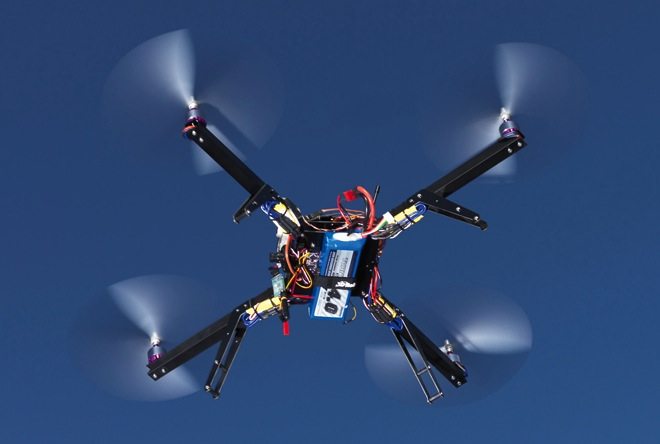Letting small drones fly for profit in US airspace would give a big lift to the development of unmanned aerial vehicles of all sizes, a Congressional committee heard Wednesday.
The Federal Aviation Administration (FAA) has yet to propose a full set of regulations for civilian drones — a delay that critics fear is undermining US competitiveness in drone technology.
Appearing before the House of Representatives science committee, James Williams, head of the FAA’s unmanned aerial vehicles (UAV) integration office, said he was unable to give a deadline for such rules to emerge.
“Our goal is to get it out as quickly as possible, as long as we get it right,” said Williams, adding that the FAA is collaborating with partners in the Obama administration on the issue.
But Colin Guinn of the Small UAV Coalition, an industry group, argued in favor of allowing light-weight, low-altitude drones — weighing no more than five pounds (two kilograms) — to fly commercially now.
“There are many commercial uses for the smallest UAVs,” said Guinn, an executive at California drone maker 3D Robotics, who previously helped develop the wildly popular DJI Phantom quadcopter.
“Experience gained from these operations… will provide lots of data to inform the development of other small UAVs, up to 55 pounds, as well as larger UAVs,” he said.
That data could help fine-tune such innovations as “geo-fencing,” in which GPS signals are used to precisely limit a drone’s area of flight.
Accompanying Guinn was a $500 camera-equipped Parrot Bebop quadcopter which hovered for a few minutes in the committee chamber, to the amusement of lawmakers and passing children.
Currently, the FAA forbids the non-commercial use of civilian drones of any size without its express authorization.
The agency, already struggling to implement a satellite-based air traffic control system called NextGen, is widely expected to miss a September deadline set by Congress to come up with regulations.
Critics say the delay risks seeing the United States fall behind other nations, like Australia, Canada and France.
“We’re really behind the eight ball,” John Hansman, director of the Massachusetts Institute of Technology’s international air transportation center told the hearing.











